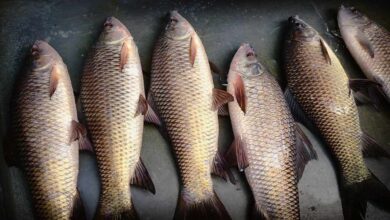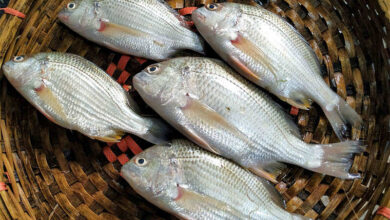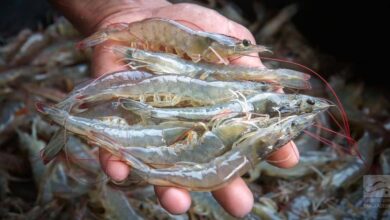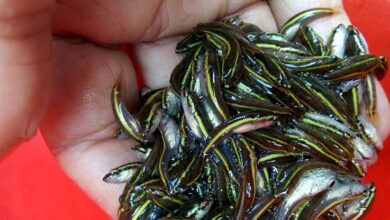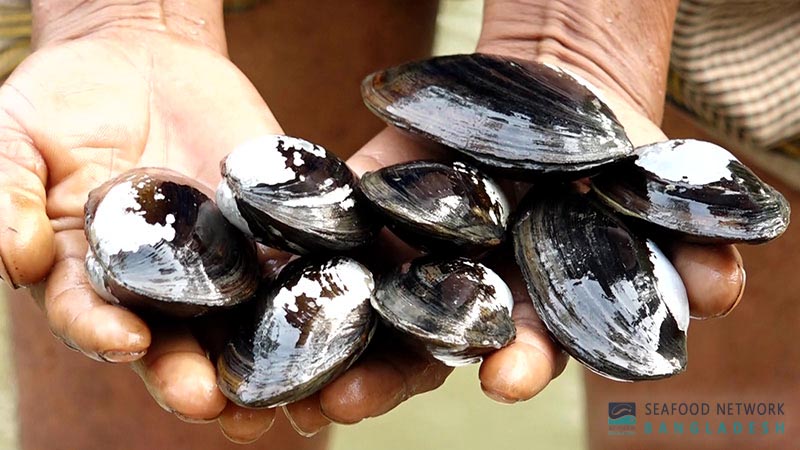
Oyster is a mollusk and has a soft, undifferentiated body that is shielded by two hard, permanent shells that get bigger as the animal gets bigger. Some oysters can be consumed, while others create priceless items called pearls. Oyster, any bivalve mollusk found in temperate and warm coastal waters of all seas that belongs to the families Ostreidae (real oysters) or Aviculidae (pearl oysters).
Species of Ostrea, Crassostrea, and Pycnodonte are true oysters (family Ostreidae). The Olympia oyster, O. lurida, the European flat oyster, O. edulis, and O. frons are common species of Ostrea. The Portuguese oyster, C. angulata, the North American, or Virginia, oyster, C. virginica, and the Japanese oyster, C. gigas, are all species of Crassostrea. The majority of the species of pearl oysters (family Aviculidae) belong to the genus Meleagrina, sometimes known as Pinctada or Margaritifera.
What is the importance of oyster?
Due to their excessively significant impact on the environment and other species in an ecosystem, oysters are considered keystone species. Because they drastically alter and produce new habitat for other species by constructing reefs, oysters are also ecosystem engineers. As oysters consume phytoplankton, they aid in the prevention of toxic algal blooms like red tide by eliminating algal cells before they build up to dangerous levels. Additionally, these can gather chemical pollutants, dangerous microorganisms like bacteria and viruses, and marine biotoxins, thereby eliminating them from the water column. Oysters are essential to the aquatic ecosystem’s filtration mechanism. Oysters are filter feeders, which means they remove surplus nutrients, organic materials, and algae from the water column as they grow. As sediments are stabilised by oyster beds, the shoreline is better able to withstand storms and erosion. Oyster reefs can also store carbon and prevent the erosion of nearby habitats like salt marshes, which helps with carbon sequestration in these environments.
Over 2,000 years have passed since true oysters were first farmed for food. Additionally, pearl oysters have long been prized for the priceless pearls that grow inside of them. Fishes, sea stars, snails, birds, and birds themselves all consume oysters. The commonly found oyster drill (Urosalpinx cinenea) eats live tissue by drilling a tiny hole in the oyster shell. They have omega-3 fatty acids, are a healthy source of protein, numerous vitamins, antioxidants, and are a good source of minerals like zinc, selenium, and iron. All of these aid in cell maintenance and repair, immune system boosting, and defence against chronic conditions including heart disease. Oysters are a wholesome food source that are abundant in protein, minerals, and vitamins. Their value as food has enabled many nations that cultivate them to increase their foreign exchange profits.
Prospects of oyster culture in Bangladesh:
In Bangladesh, the growth of edible oysters and mussels that produce pearls is made possible by the climate, soil chemistry, physical characteristics of the water, and temperature. By cultivating oysters in estuaries and other suitable waters where hydrographic conditions support the growth, oyster culture can be a method of obtaining food from the sea in Bangladesh. It makes sense as a way to give coastal populations an artisanal occupation, either as their main source of income or to boost overall revenue. The latter is true in coastal regions where aquaculture and fishing are complementary industries; when the sea gets too harsh for fishing, the small-scale fisherman can turn to his oyster farm to be able to provide for his family. Furthermore, by diversifying the sources of revenue for fishermen, oyster farming, if it becomes widely practiced, can aid in reducing fishing pressure in overfished waters. Furthermore, there is a success story of pearl culture in Hajipara village of Sonarai union of Domar upazila in Nilphamary district along with fish farming.
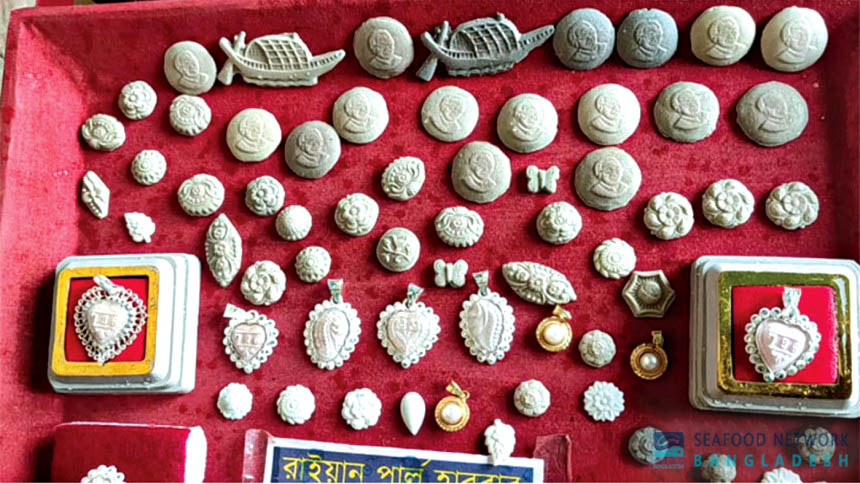
The Prime Minister also advises a scheme called pearl farming. Since its inception, BFRI has offered farmers technical assistance. Earlier, pearl oysters were produced in a variety of ways. The demand for image type pearls is great since they are professionally farmed.
Therefore, BFRI is providing the design dice (design dice also made from mother of pearl, is inserted into the oyster, the pearl becomes the shape of the dice. It’s like baking cakes in differently shaped moulds. It’s called image type pearl) to the farmers and they are also connecting farmers in different pearl market and organizations. It has good demand among local and Indian buyers. Currently, the market is dominated by Vietnamese, China and Indian pearls which are larger and better quality. Our local pearl industry is in very early stage, yet it’s profitable for the farmers.
Our freshwater of area has a lot of potential for pearl farming. Bangladesh has begun to cultivate edible oysters in addition to pearl oysters. If these initiatives are effective and these farming methods are made more accessible to farmers, oyster culture in Bangladesh may develop into a long-lasting and lucrative industry.
Farhana Islam
Agriculturist, Researcher

